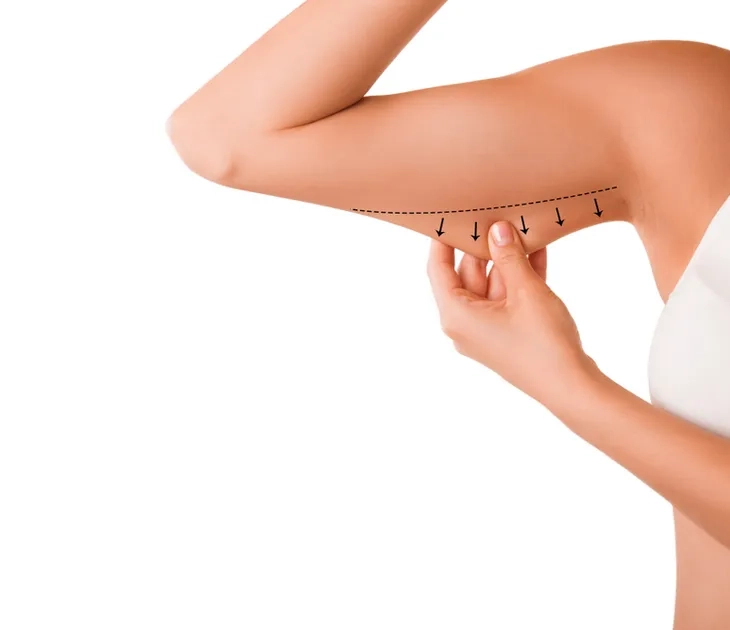What is the Price of Liposuction

A specific introduction on the cost of Liposuction
Liposuction, a widely sought-after cosmetic surgery, targets excess fat in various body areas like the abdomen, thighs, hips, and arms. Given its increasing popularity, many individuals are interested in understanding its associated costs. The price of liposuction varies significantly, influenced by factors such as the procedure's extent, the surgeon's expertise, and the practice's location. This article aims to shed light on the range of expenses involved, aiding individuals in budgeting for this cosmetic enhancement.
What is Liposuction?
Liposuction is a cosmetic procedure commonly chosen by individuals seeking to remove localized fat deposits in specific body regions, as described by Medical News Today. It's essential to note that liposuction isn't a solution for overall weight loss or obesity treatment. It doesn't address issues like cellulite, dimples, or stretch marks; rather, it's tailored for refining body contours.
The procedure involves the permanent elimination of fat cells, altering the body's shape. However, Medical News Today warns that without maintaining a healthy lifestyle post-surgery, remaining fat cells may expand. Additionally, there are inherent risks associated with liposuction, such as infection, numbness, and scarring.
How Much Does Liposuction Cost?
According to recent data from the American Society of Plastic Surgeons, the average cost of liposuction stands at $3,637, though this figure represents the lower end of the spectrum and excludes ancillary expenses like operating room facilities and anesthesia.
Determining the precise cost requires consultation with a plastic surgeon, as it hinges on various factors such as the surgeon's skill, the technique employed, and the practice's location. For instance, Liposuction.com notes that highly experienced surgeons with a track record of exceptional results may charge higher fees due to demand, while those with less experience might offer lower prices to attract clientele.
Cost of Liposuction Per Body Part
Another critical determinant of cost is the body part(s) targeted for liposuction. Liposuction.com highlights that not all body areas incur the same expenses. Combining multiple areas in a single surgery can yield cost savings in terms of non-surgical fees, prompting individuals to consider long-term plans.
For instance, while targeting the abdomen alone incurs lower costs compared to addressing both the abdomen and inner thighs separately, the total expenses may be higher with separate surgeries.
Below are price ranges for various body parts:
Abdomen (upper & lower): $3,800 to $8,000
Arms: $2,000 to $5,500
Back (female): $2,000 to $4,500
Breasts (female): $3,800 to $8,000
Buttocks: $2,000 to $5,000
Chin, cheeks, jowls, neck: $2,500 to $5,500
Anterior thighs & knees: $2,500 to $6,000
Hips/waist: $2,500 to $6,000
Outer thighs: $2,500 to $6,000
Does Insurance Cover the Cost?
Typically, insurance plans do not cover liposuction unless it's deemed medically necessary, according to GoodRx Health. What qualifies as medically necessary varies among insurance providers and health plans. Instances where insurance might cover liposuction include breast reconstruction, gender-affirming surgery, skin removal post significant weight loss, and lipedema treatment. It's advisable to contact your insurance provider to ascertain coverage eligibility, often requiring prior authorization for cosmetic procedures.
What are the Additional Costs?
While some surgeons offer all-inclusive packages, others itemize costs, including consultation fees, medical tests, surgical facility expenses, anesthesia fees, surgeon's fees, medications, compression garments, and wound-care dressings, notes GoodRx Health. Liposuction.com emphasizes that costs are primarily determined by procedure duration and complexity, influenced by factors like patient size, number of treated areas, and medical history, including prior non-invasive treatments like CoolSculpt. This is because previously treated areas may contain scar tissue, complicating liposuction procedures.






